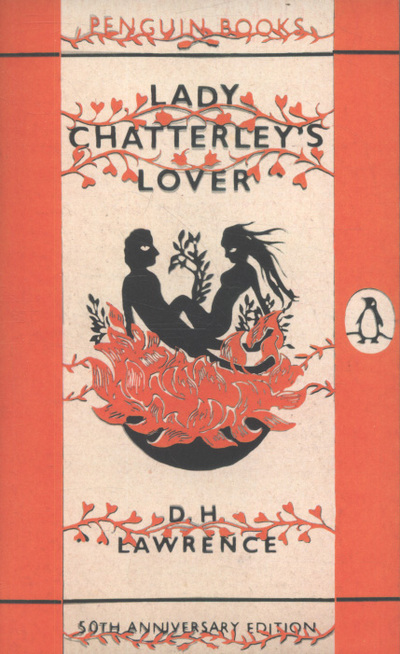LoveReading Says
This new edition is published in celebration of the 50th anniversary of Penguin's courtcase win of one of the most controversial novels in English literature. Lady Chatterley's Lover is an erotically charged and psychologically powerful depiction of adult relationships. In 1960, Penguin Books were prosecuted when they tried to publish the novel in this its unexpurgated form for the first time. What followed was the most talked-about obscenity trial of the twentieth century, which resulted in a 'not guilty' verdict. Penguin's successful defence of the book's literary merit was a victory of free speech, and made Lawrence's story of the affair between a married woman and her gamekeeper an instant bestseller.
LoveReading
Find This Book In
D.H. Lawrence Press Reviews
'It was a bomb, not a book' Guardian
'A significant turning point in history' Observer
'No one ever wrote better about the power struggles of sex and lov'e -- Doris Lessing
About D.H. Lawrence
David Herbert Lawrence was born into a miner’s family in Eastwood, Nottinghamshire, in 1885, the fourth of five children. He attended Beauvale Board School and Nottingham High School, and trained as an elementary schoolteacher at Nottingham University College. He taught in Croydon from 1908. His first novel, The White Peacock, was published in 1911, just a few weeks after the death of his mother to whom he had been extraordinarily close. His career as a schoolteacher was ended by serious illness at the end of 1911.
In 1912 Lawrence went to Germany with Frieda Weekley, the German wife of the Professor of Modern Languages at the University College of Nottingham. They were married on their return to England in 1914. Lawrence had published Sons and Lovers in 1913; but The Rainbow, completed in 1915, was suppressed, and for three years he could not find a publisher for Women in Love, completed in 1917.
After the war, Lawrence lived abroad, and sought a more fulfilling mode of life than he had so far experienced. With Frieda, he lived in Sicily, Sri Lanka, Australia, New Mexico and Mexico. They returned to Europe in 1925. His last novel, Lady Chatterley’s Lover, was published in 1928 but was banned in England and America. In 1930 he died in Vence, in the south of France, at the age of forty-four.
Lawrence’s life may have been short, but he lived it intensely. He also produced an amazing body of work; novels, stories, poems, plays, essays, travel books, translations, paintings and letters (over five thousand of which survive). After his death Frieda wrote that, ‘What he had seen and felt and known he gave in his writing to his fellow men, the splendour of living, the hope of more and more life … a heroic and immeasureable gift.’
More About D.H. Lawrence


